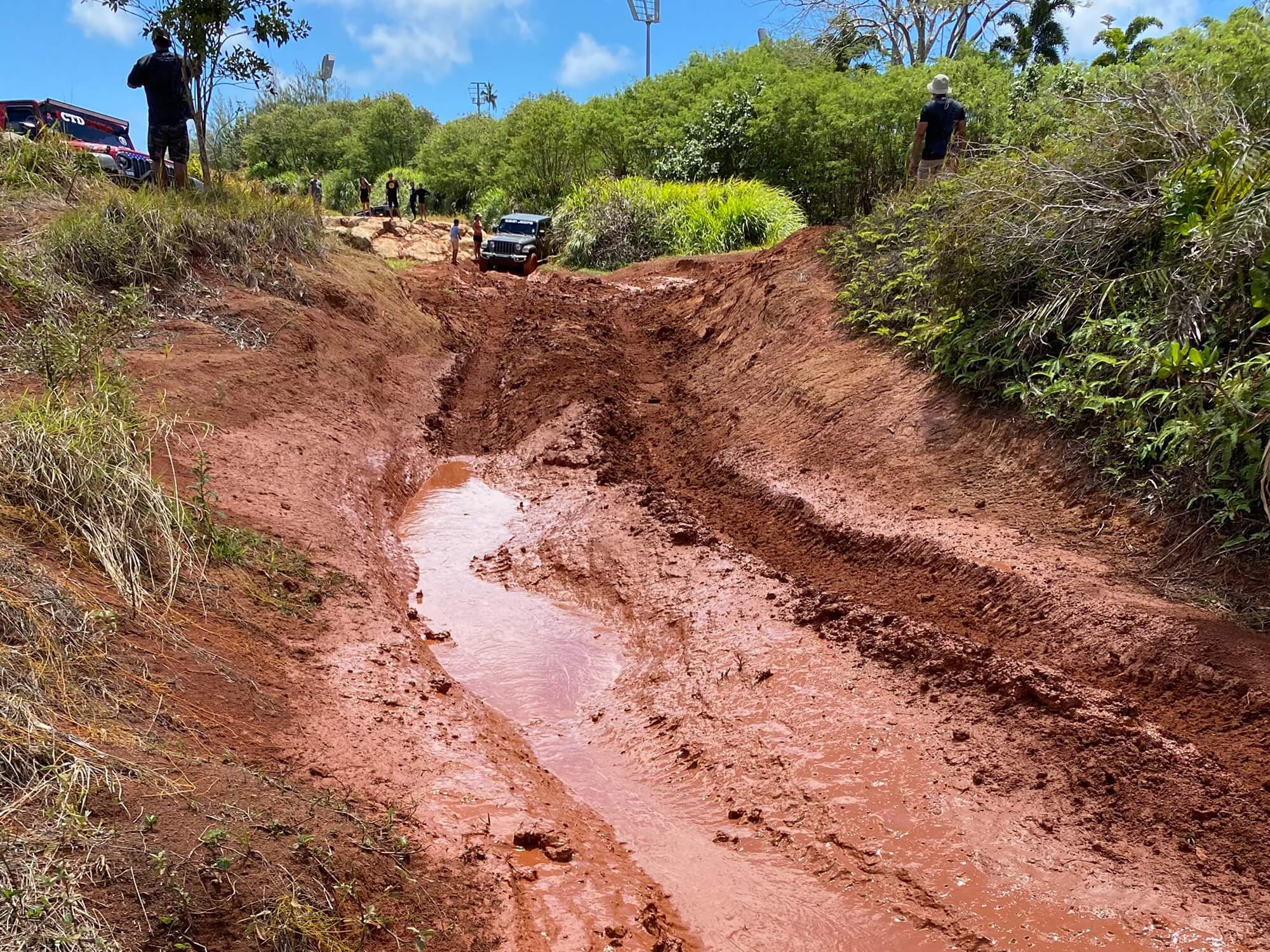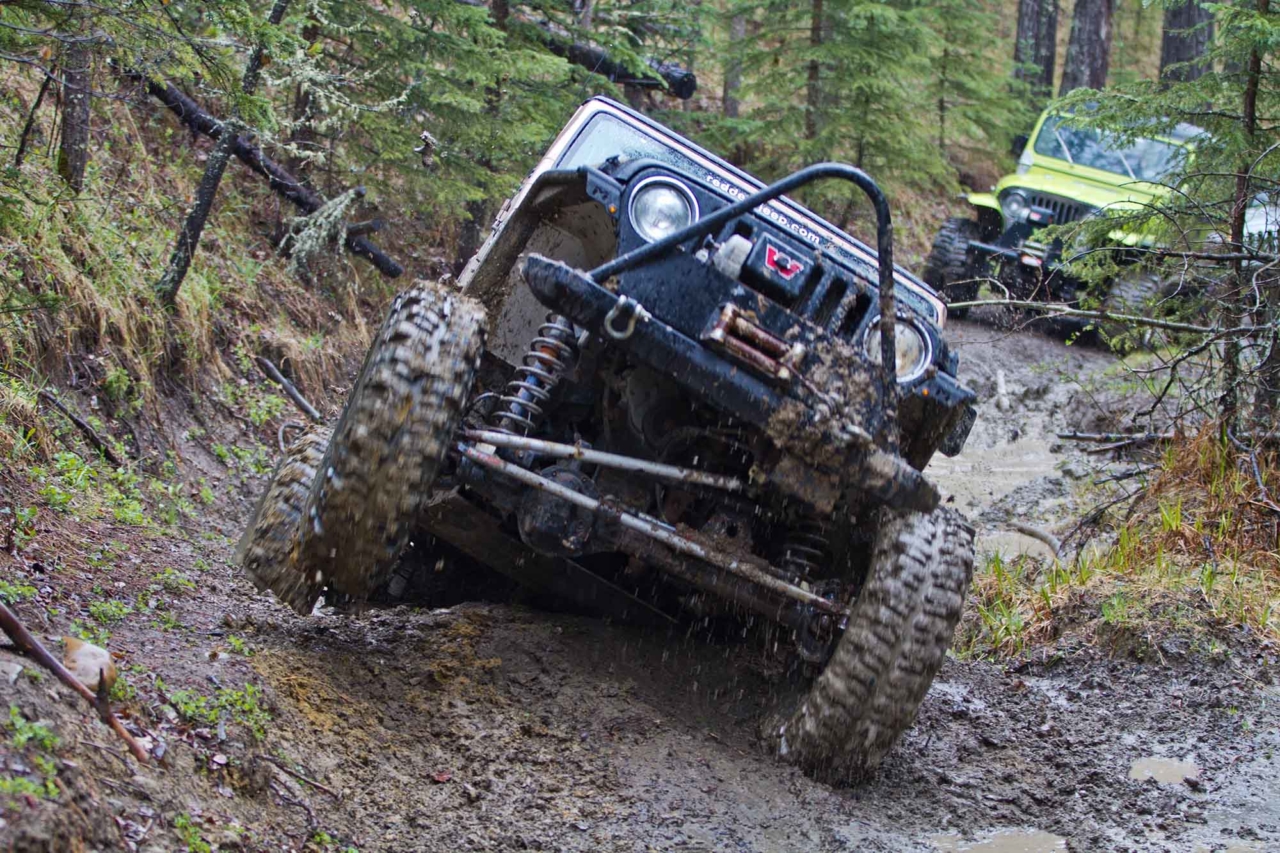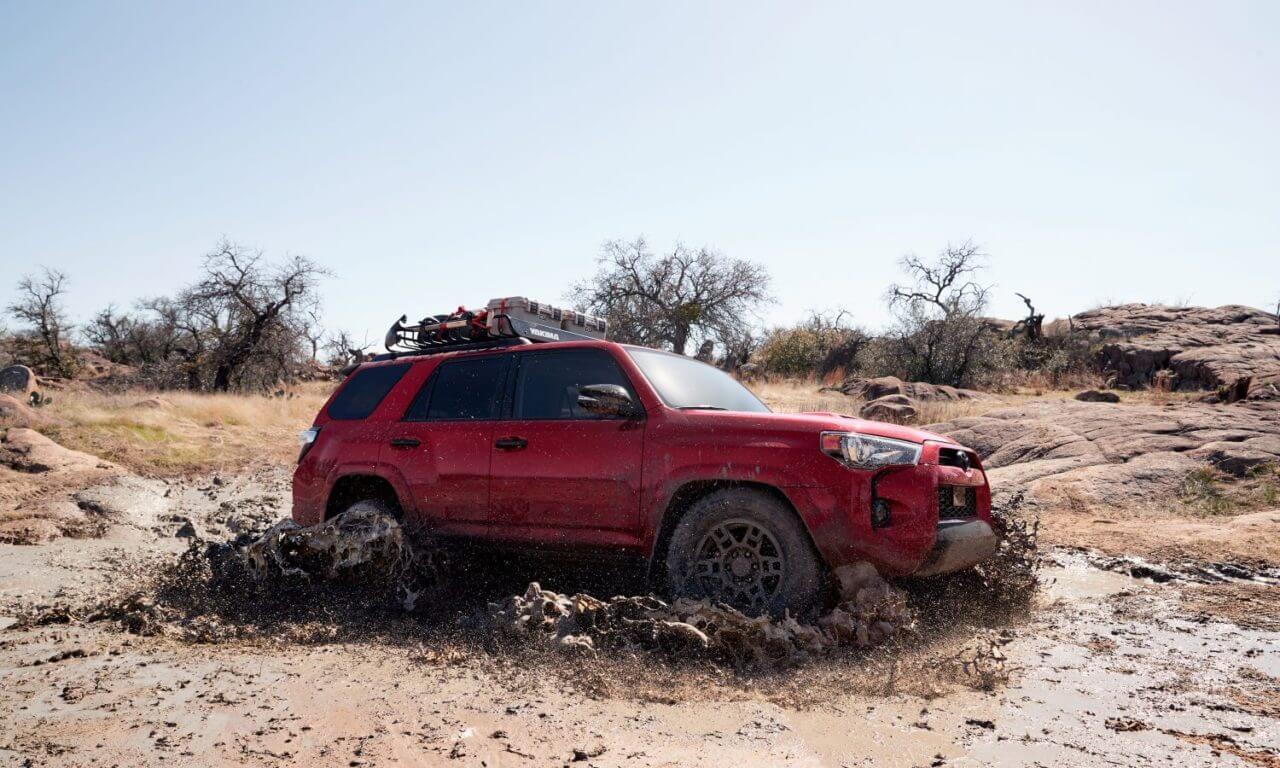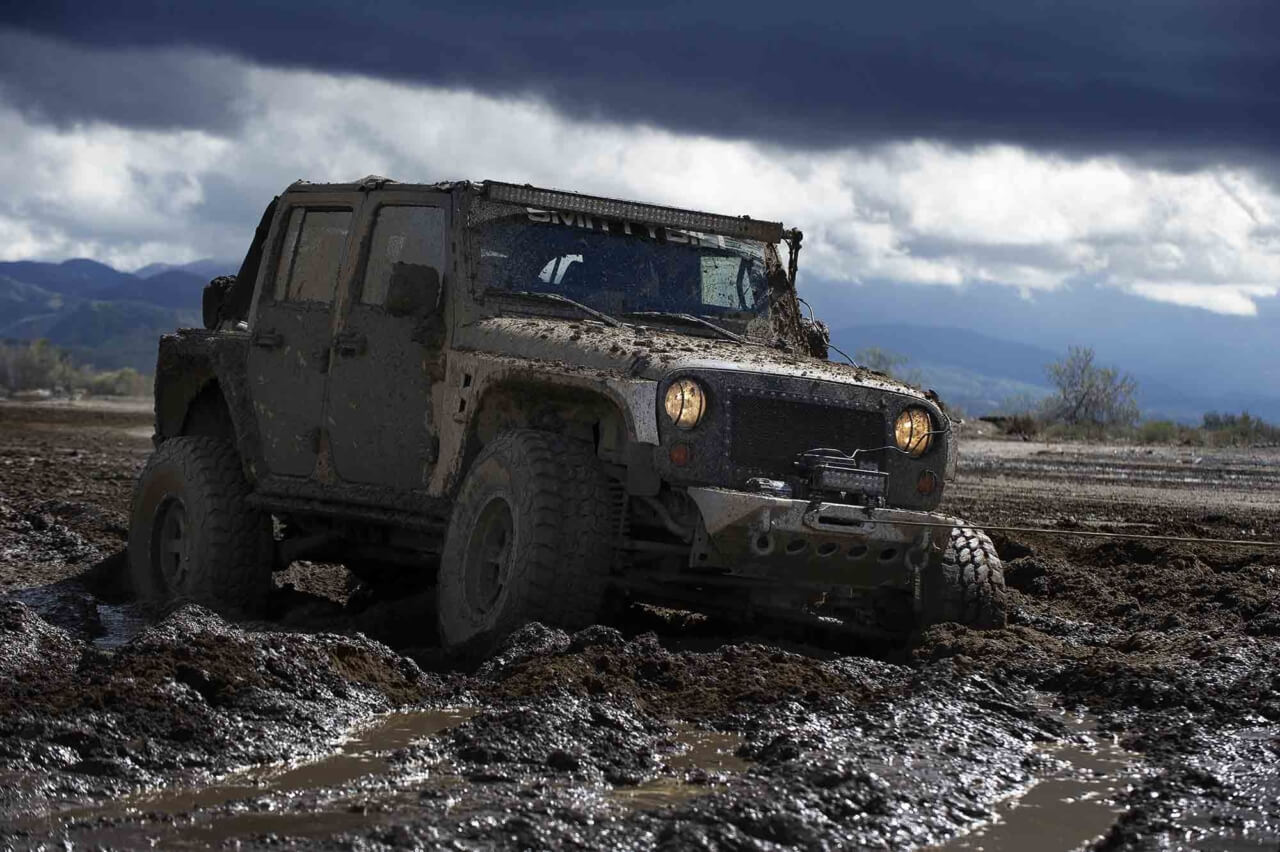
Mud bogging is a popular motorsport in the United States and Canada. It involves driving a vehicle through the mud on a race track or course. While mud bogging is a fun activity, getting started isn’t always easy.
The good news is that 4 Wheel Parts has everything you need to start mud bogging. This includes safety equipment, equipment for your vehicle, and tips to help you succeed.

What is Mud Bogging?
Mud bogging is an off-road motorsport that requires you to drive through mud. Driving through the mud may seem simple but the goal of many mud-bogging events is to make it to the other side.
Courses for mud bogging events vary and may include Hill and Hole or Flat/Progressive track variations. Hill and Hole variations are about 60 feet wide, 200 feet long, and include obstacles. Flat/Progressive tracks are flat courses with a few sand drag obstacles.
It’s also important to note that some forms of mud bogging may take place in open bogs. Bogs are natural and include water and mud. Many beginners will practice in open bogs to get a feel for the sport.
What are the Most Popular Mud Bogging Events?
Mud bogging is popular across Canada but in the United States mud bogging events are usually found in Southern states. Popular mud bogging events include Barnyard All Terrain, Louisiana MudFest, Vermonster 4×4, and Florida Slingin. The television channel Mud Truck Television televises many of these events.

What You Need for Mud Bogging
Mud bogging is a fun event that almost anyone can enjoy. However, you need to have the right off-road vehicle to withstand mud-bogging events. Traditional off-road builds for rock climbing or driving in the dirt won’t cut it for mud bogging. Ultimately, you need the right vehicle, safety gear, and supporting components to build a mud-bogging machine.
The Right Vehicle
Having the right vehicle for mudding is the best place to start. In theory, it’s possible to turn any vehicle into a mud bogging machine but it takes more time and money to convert a Toyota Camry into a mud racer than converting a Ford F-150. Therefore, it’s best to consider vehicles like pickup trucks and other 4x4s. A good rule of thumb to follow is to look for vehicles that have four-wheel drive.
Some great mud-bogging vehicles are Jeep Wranglers, Toyota Tacomas, Land Rovers, and Ford Broncos. Subarus are also a good choice for mud bogging if you want to convert a sedan.
Lifted Suspension
A lifted suspension is essential for mud bogging. Waterproofing components will help keep some mud and water out of your intake but you don’t want to bog the engine down with mud. Ultimately, it’s best to raise your vehicle to help you drive over the mud instead of right through it. Having a suspension that’s too low may lead to a clogged exhaust or intake.
Mud Tires
When you’re mud-bogging you need mud tires. Mud tires are M/T tires, which stand for mud terrain tires. All-terrain (A/T) or highway (H/T) tires will leave you stuck in the mud.
Mud tires are essential because they have features like 3-ply sidewalls (better puncture protection) and deep sipes that disperse water. The stronger sidewall also allows tires to run at lower PSI, which is great for mudding.
Waterproofing
Waterproofing your vehicle prior to driving in the mud is something you should consider. Use waterproofing components like snorkels and protect electrical components from total submersion in water or mud. Depending on the mud-bogging event you might need different levels of waterproofing.
Safety Equipment
Safety equipment is also something you need for mud bogging. It’s always important to use safety equipment, even if you’re not mud-bogging professionally.
Some of the most important safety equipment for mud bogging is listed below.
- Fire extinguisher
- Roll cage
- Portable utility shovel
- Recovery kit
- Helmet
- Eye protection
- Gloves
- Hand tools
It’s also important to have toolboxes and spare wheels fastened to the frame of your vehicle.

How to Prepare Before Your First Time
Preparing for your first mud-bogging event or practice session isn’t difficult. When you plan on attending a mud-bogging event, the organization hosting the event will give you rules and regulations for your vehicle. On the other hand, if you plan on going mudding on your own, you’ll want to prepare yourself and your vehicle.
Make Friends, Join Groups, and Watch Events
Before you do anything, it’s important to have an idea of what to expect. Visit some local mud-bogging events or watch them on television to get a feel for the motorsport. It also helps to make friends with people who go mud-bogging. There’s a good chance they’ll have some unique and even course-specific mud-bogging tips.
Follow the Rules
The most important part of preparing for mud bogging is to follow the rules, especially if you plan on going through a professional course.
Some courses may have age requirements for drivers or enforce vehicle regulations. Typically, drivers have to be at least 16 or 18 to participate in mud-bogging events.
Regulations for vehicles vary but some examples include spare wheels and toolboxes being fastened, fire extinguishers inside the vehicle, safety helmets/seat belts, no glass, and roll bars
Understand the Terrain
Understanding the terrain is essential when you’re mud-bogging. Make sure you know what you’re driving through before you drive through it. Follow all of the rules of the course and check the terrain for rocks or other sediments in the mud. It’s also a good idea to check the course for water, which will require waterproofing.
Also, consider the size of the hills and the types of obstacles you’ll be driving over. Make sure your vehicle is prepared for these types of terrain.
What to Wear Mud Bogging
When you’re mud-bogging you need to be conscious of what you’re wearing. Make sure you don’t wear anything that you plan on wearing for other events. The best things to wear for mud bogging are raincoats and rain boots because they’re easy to clean and keep your body dry.
A helmet is also important if you plan on competing. Also, it’s a good idea to have a visor or another form of protective eyewear. Mud tends to splash, so you don’t want mud or water in your eyes while you’re driving. Some helmets may come with protection.



2